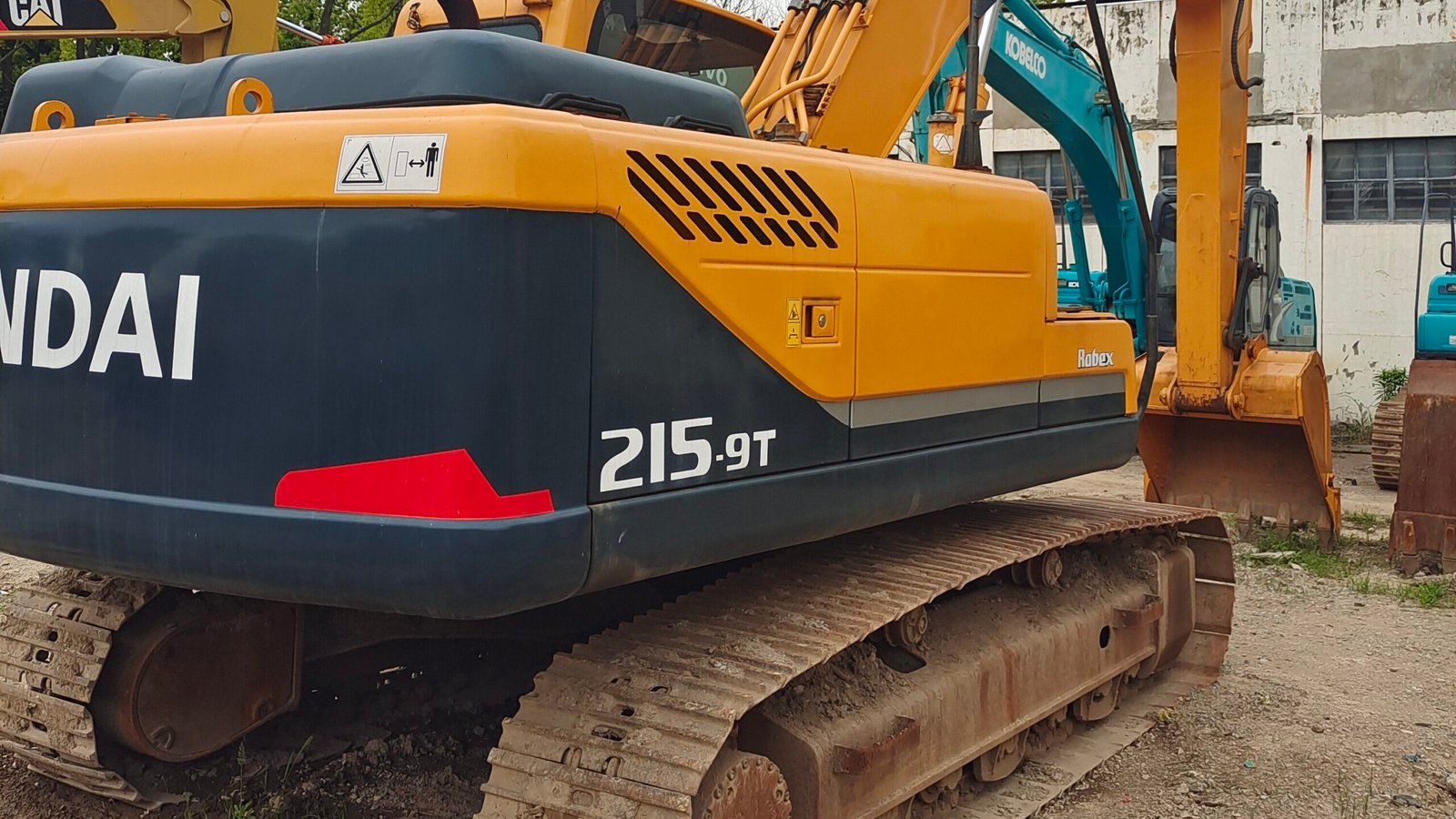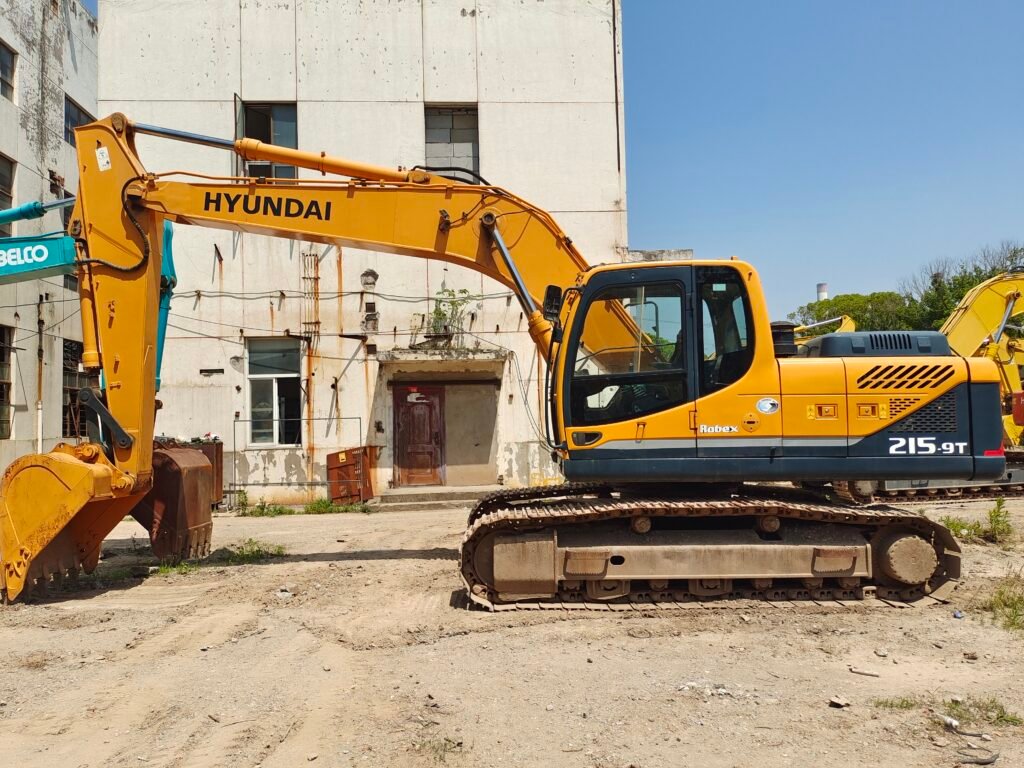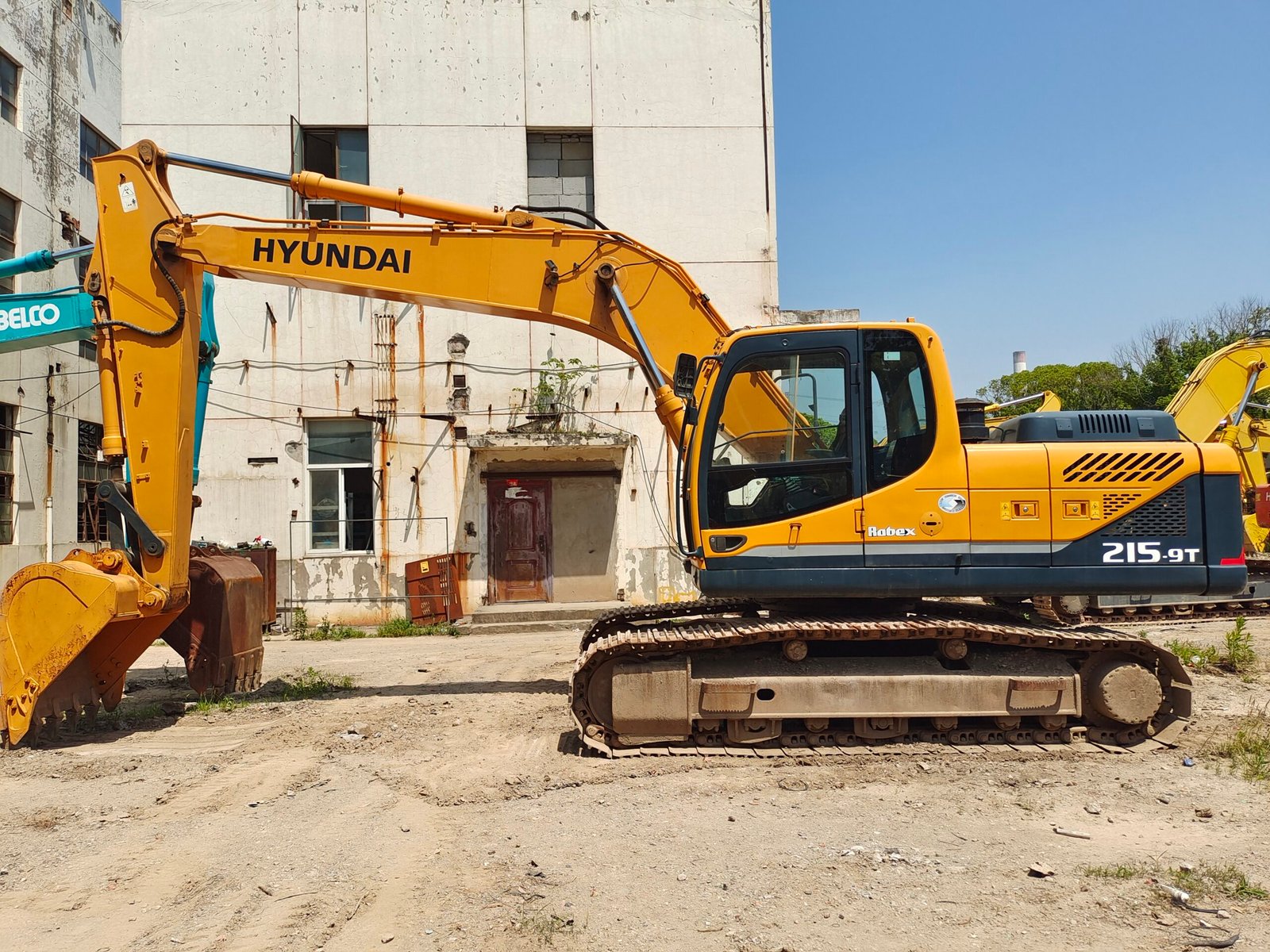I. Introduction
- Why is it important to understand tariffs and taxes?
- In a globalized market, tariffs and taxes directly impact the cost structure and profit margins of businesses importing excavators or heavy construction equipment. Understanding these fees helps companies accurately predict total import costs, avoid financial pressure from unforeseen expenses, and improve decision-making efficiency and market competitiveness.
- What is the purpose of this article?
- This article aims to provide practical strategies for businesses to effectively manage and control tariffs and taxes in their target countries, ensuring a smooth import process and reducing overall costs.
II. Understanding Tariffs and Taxes
A. What are tariffs?
- What is the definition of tariffs?
- Tariffs are taxes imposed by a country on imported goods, typically calculated based on the value, type, and origin of the products. The primary purpose of tariffs is to protect the domestic market, regulate international trade balance, and support national fiscal revenue.
B. Tariff policies of the target country
- How to find tariff information for the target country?
- Companies should visit the customs official website of the target country or use global trade databases and relevant industry reports to obtain the latest tariff rates and policies. These resources usually provide detailed classification information and applicable tax rates to help businesses make informed import decisions.
- What is the calculation method for tariffs?
- Understanding how tariffs are calculated is crucial, typically using the CIF (Cost, Insurance, and Freight) price as the basis for tariff assessment. Businesses need to learn how to calculate the applicable tariffs based on the CIF price to prepare financially for the import process.
III. Evaluating Taxes
A. Other Related Taxes
- What other taxes should be considered besides tariffs?
- In addition to tariffs, businesses should also be aware of other taxes such as Value Added Tax (VAT), excise tax, and local additional taxes. These fees can significantly increase total costs, making it essential to understand their calculation methods and applicable scopes.
B. How to Calculate Overall Taxes?
- How to estimate the overall taxes for imported equipment?
- Businesses can use the following formula to estimate overall taxes:
- Total Taxes = Tariffs + Value Added Tax + Excise Tax + Other Taxes
- Providing examples to illustrate how to input specific equipment values, applicable tax rates, and other related costs into the formula can help businesses better understand the tax calculation process.
- Businesses can use the following formula to estimate overall taxes:

IV. Coping Strategies
A. Seek Professional Advice
- Why consult a customs broker or tax advisor?
- Customs brokers and tax advisors possess extensive industry knowledge and experience, offering tailored advice to help businesses optimize tax management, ensure compliance, and reduce unnecessary expenses.
B. Plan the Import Process
- How to plan ahead to reduce tariffs and taxes?
- Businesses can reduce tariff and tax burdens by utilizing trade agreements, selecting appropriate import routes, and strategically arranging transportation methods during the planning phase of the import process.
V. Optimizing Import Costs
A. Understand Available Exemption Policies
- Does the target country have any tariff exemption policies?
- Investigate whether the target country offers tariff exemption policies, such as free trade zones, specific tariff waivers, and incentives for certain industries. These policies can save businesses significant costs.
B. Choose Appropriate Supply Chain Management
- How can supply chain management help reduce costs?
- Companies should analyze the impact of selecting the right suppliers and logistics solutions on overall import costs. Optimizing supply chain management by choosing cost-effective transportation and warehousing options can effectively lower total expenses.
VI. Conclusion
- Summarize the importance of addressing tariffs and taxes
- Effectively managing tariffs and taxes is key to ensuring successful imports. By thoroughly understanding the tariff policies and tax structures of target countries, businesses can better control costs and enhance competitiveness.
- What recommendations are there for future imports?
- Companies should continuously monitor policy changes in their target countries and flexibly adjust import strategies to adapt to the evolving market landscape. Additionally, establishing long-term partnerships with customs brokers and tax advisors is recommended to obtain timely professional support and guidance.



